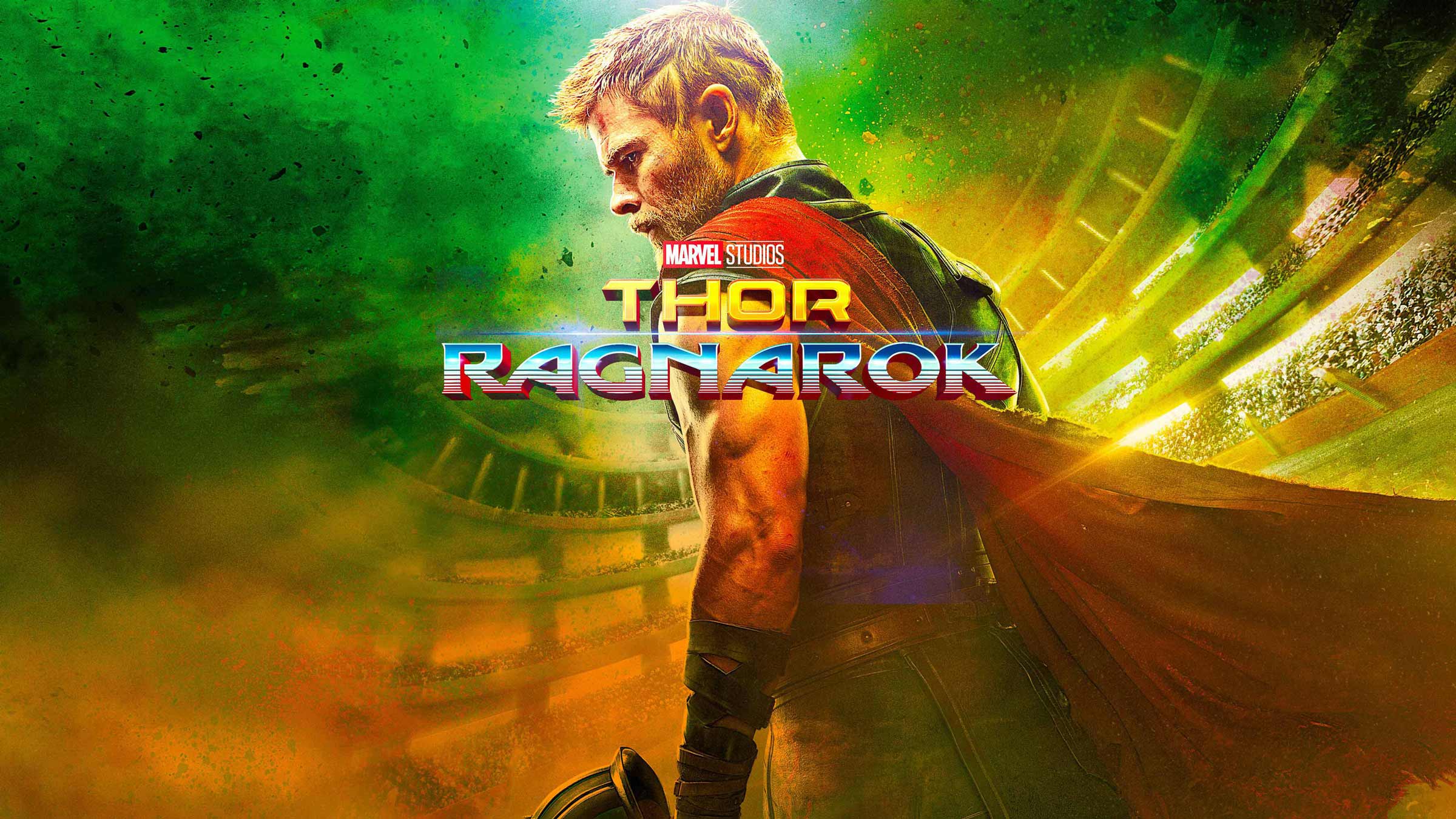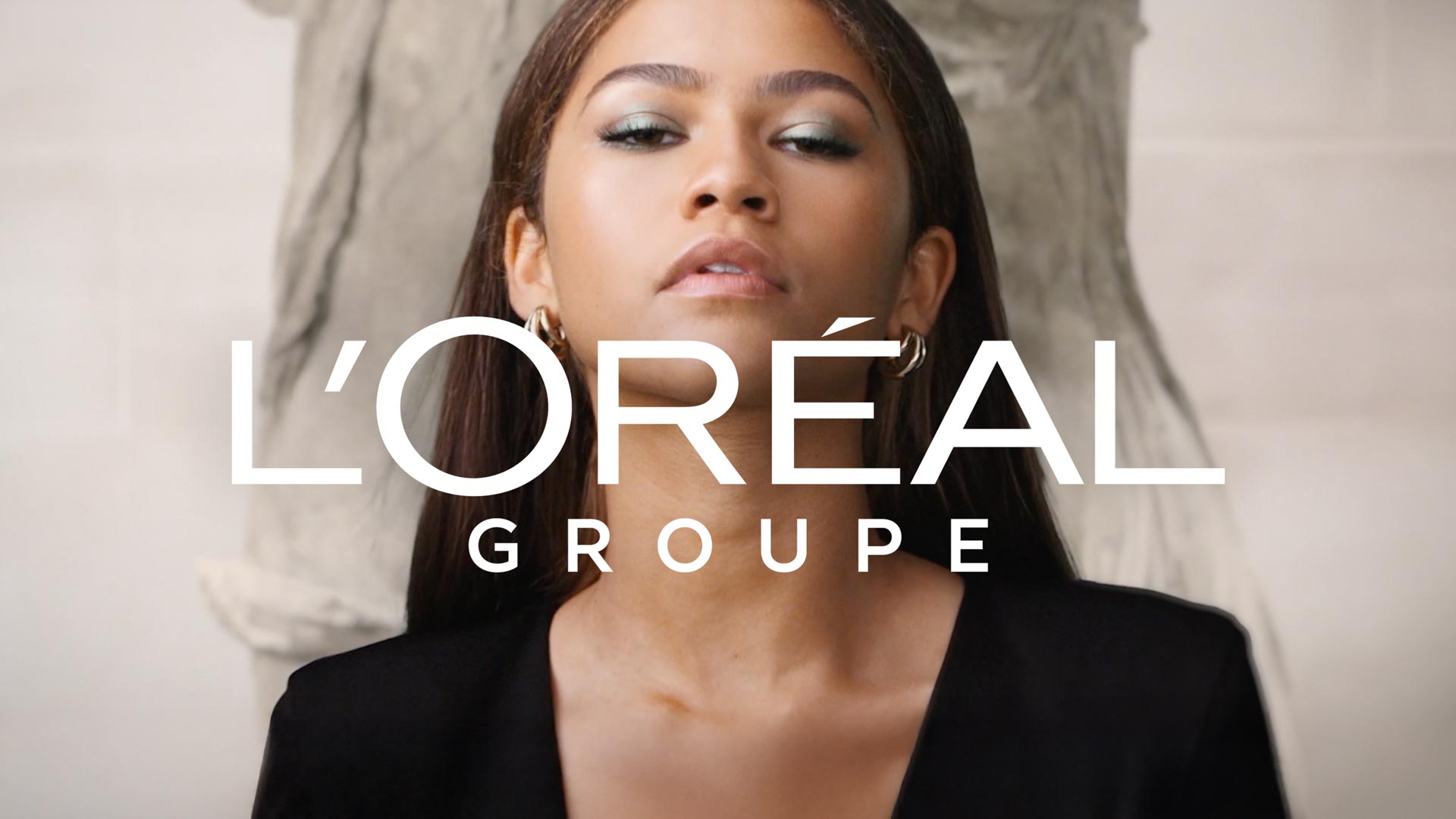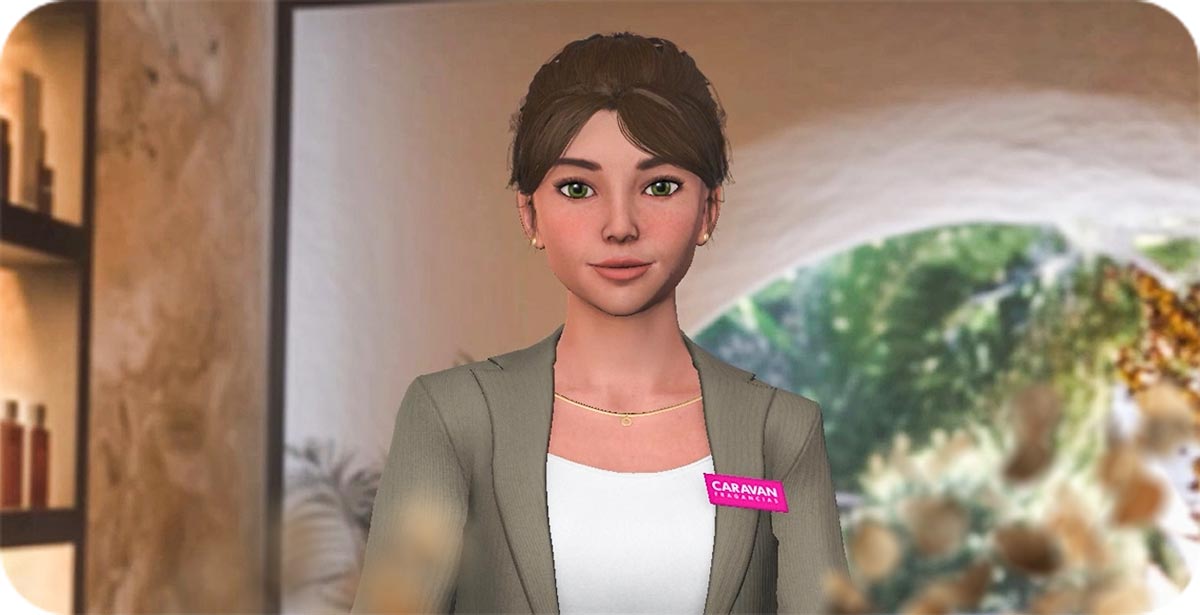Changing the rules: augmented reality in social media marketing
Social networks are no longer just a communication channel: they have become spaces where brands have to generate experiences that can surprise, excite and authentically connect with their audiences. In this context, the Augmented Reality is making a difference, transforming every digital interaction into an immersive and memorable experience.
What in its beginnings were simple visual filters, today has become consolidated as a strategic marketing toolFrom gamified experiences that drive participation, to interactive activations that strengthen the brand-user relationship and boost conversion.
In this article we will explore how the augmented reality in social media marketing has evolved from a technological curiosity to a key element in digital strategies. We will analyze its impact on engagement, campaign creativity and content virality, based on real success stories.
The future of social media is already here: a space where technology and creativity merge to deliver experiences that transcend the screen and stay in the user's memory.
What is Augmented Reality in Social Media Marketing?
Augmented reality is evolving to become an important pillar of digital marketing. In the field of social networks, the augmented reality in social media marketing allows brands to merge the physical and digital worlds, generating immersive experiences that surprise, connect and build audience loyalty. Beyond the visual filters, we are talking about a key strategy that drives awareness, engagement and brand loyalty.
From novelty to necessity in Social Networks
Platforms such as Instagram, TikTok or Snapchat have democratized access to AR, opening the door for any brand -large or small- to integrate these experiences into their campaigns. Today's increasingly demanding consumers demand interactivity, authenticity and innovative proposals. AR responds directly to that need, becoming not only an attractive option, but also a essential competitive advantage within digital marketing.
The use of the Augmented Reality in the Social Networking allows the generation of interactive games, challenges for users and even viralization actions for both the brand and the products. The important thing is that the marketing proposal connects with the audience.
You may be interested in → How experiential marketing revolutionizes interaction with the public
AR and social media engagement
RA stands out for its ability to generate genuine engagement. When using filters, effects, or 3D experiences, the user becomes protagonist of the brand's message. This translates into more interaction time, more user-generated content creation and a stronger emotional connection. Thus, the marketing campaigns with AR in social networks not only capture attention, but convert it into measurable impact. The use of this strategy translates into:
- Increased interaction time.
- Increase in user-generated content (UGC).
- Stronger emotional connections.
Thus, this type of campaign not only captures attention, but also transforms it into measurable results and a real impact for the brands' digital strategy. An example of marketing campaigns with Augmented Reality that had a great impact on social networks is the case of the Lacasitos brand. Through its famous tubes of chocolate chips, users could unlock different characters and share them on their social media profiles.
How AR helps boost social media strategies
Integrate Augmented Reality in social media means taking a brand's digital strategy to the next level. Brands and companies can then offer more personalized and more participative content that attracts attention and retains the user for a longer period of timeincreasing key metrics such as views, clicks and shares. Leading social media platforms allow even small brands to develop AR experiences, making innovation accessible and measurable.
The marketing campaigns integrating AR also encourage user-generated content (UGC), multiplying organic reach and reinforcing brand authenticity. By transforming every interaction into an immersive experience, AR not only drives immediate engagement, but also strengthens the emotional connection with the audience and helps build strong and loyal digital communities.
In an oversaturated digital ecosystem, where capturing attention is becoming increasingly difficult, betting on technological creativity is becoming the best strategic investment to ensure the relevance of any brand in the long term. Augmented Reality in Social Media branding strategies also has the potential for crossmedia content.
For example, Marvelfor the premiere of the film Thor Ragnarokdeveloped a Interactive Augmented Reality Photocall to capture the attention of the movie theater audience. Before even entering the cinema, the audience could stand in front of an Augmented Reality screen and see themselves transformed into the protagonists of the story, surrounded by Asgard characters and scenery. Each photo generated became shareable content on social networks, amplifying the reach of the campaign in an organic and emotional way. The action not only promoted the movie, but also offered an unforgettable experience that multiplied the digital conversation around the Marvel brand.
How to implement Augmented Reality in your Social Media Strategy
Incorporate the augmented reality in your social media strategy requires planning, creativity, technology and a results-oriented approach. A well-designed implementation turns AR into more than just an experimental resource: it transforms it into a strategic tool capable of generating engagement, brand awareness and tangible return on investment..
Creating filters and AR lenses
The filters and AR lenses represent the most direct gateway for users to interact with your brand. From a fun effect that invites sharing, to a virtual makeover or a 3D product trial, these experiences turn users into protagonist of your digital narrative.
The key is to design them with your audience and campaign objectives in mind. Each interaction should reinforce the brand message and generate a positive and long-lasting memory, ensuring that the augmented reality in social media marketing provide real value beyond entertainment.
Measuring and Optimizing AR Campaigns
As in all digital actions, measuring and optimizing is essential. In the case of RA, metrics such as:
- Number of interactions.
- Sharing rate.
- Average filter usage time.
- User-generated content (UGC).
provide a clear picture of the real impact of the campaign. Analyzing this data allows you to adjust the strategy in real timeidentify which types of experiences generate the most value and maximize short and long-term results.
Partnering with AR Developers or Agencies
Although today there are accessible tools to create AR experiences, collaborate with developers or specialized agencies guarantees a qualitative leap. An expert partner brings not only technical knowledge, but also strategic vision and creativity applied to marketing.
This collaboration allows campaigns to be scaled, accurately measured and quickly adapted to the needs of the client, new trends and social platforms. In this way, each filter, interactive game or 3D experience is integrated coherently within the overall social media strategy. For example, working with specialized agencies such as Imascono helps to go beyond filters to create DOOH experiences and FOOH content.
Digital Out Of Home experiences bring Augmented Reality and interactive content to brands' physical spaces.The Fake Out Of Home strategy, on the other hand, uses the potential of special effects and new 3D design tools to generate videos and branded content that mimic the feeling of Augmented Reality, i.e. the superimposition of digital elements on reality. Specialized agencies can generate FOOH actions in Social Networks as in the case of the clothing brand Ecoalf.

Examples of successful AR marketing campaigns on social media
The potential of digital marketing in social networks is not limited to the augmented reality. Today, the most innovative brands are part of a set of emerging technologies -from AI agents to gamified virtual spaces - to generate immersive and memorable experiences that transform the relationship with their audiences. These actions not only capture attention, but also create communities, build loyalty and provide clear return metrics.
Fashion & beauty virtual try-ons
In the fashion and beauty industryAR has revolutionized the way users test products, but the breakthrough goes beyond that. The project Fabiola Saphir, for example, not only offered virtual testing of perfumes, but also personalized recommendations thanks to a intelligent agent (AI). In this way, users received real-time advice, which increased confidence and facilitated conversion.
Gamified AR Social Campaigns
The gamification is another key to boosting participation and turning interaction into a moment of shared play. An inspiring example is that of The Body Shopwhich transformed the Atocha station into a digitized physical space with interactive photocalls and playful dynamics. There, users not only explored the products, but also took part in an interactive collective challengeturning the space into a live and viral stage in social networks.
If you want to go deeper in this line, we invite you to read our post Virtual fitting rooms as a trend in the retail sector.
User-generated content and virality
The virtual space platforms brands to go beyond one-off contact to generate more sustainable digital communities. The L'Oréal Academy is a good example: a gamified virtual campus in which more than 50 influencers from around the world learned about skin and hair care, sharing their experiences with millions of followers. More than a one-off campaign, this gamified environment becomes a training, engagement and visibility ecosystemThe brand's credibility is amplified and the brand is consolidated as a benchmark.
These cases show how the augmented reality in social media marketing is enhanced when combined with Conversational AI, gamification and virtual environments. Brands that take this approach not only generate compelling campaigns, but also build comprehensive digital strategies capable of attracting, retaining and building community loyalty in an increasingly competitive marketplace.
What should we keep in mind when using AR in social media marketing?
Before launching a strategy of augmented reality in social media marketing, it is essential to define clear objectives and tailor the experience to the audience and platform. AR campaigns must balance creativity and functionality, offering intuitive and engaging interactions that truly deliver value to the audience.
In addition, measuring results and ensuring ethical use of technology are key to long-term success. Analyzing metrics such as interaction or time of use allows to optimize campaigns, while respecting privacy and inclusion reinforces trust and emotional connection with users. Being able to adapt the AR experience almost in real time.
Take your social media to the next level with Imascono AR experiences
Elevating your social media strategy requires much more than just publishing content: it demands innovation, strategic vision and the application of emerging technologies. Having a specialized partner is key to transform ideas into experiences that really connect with your audience.
At Imascono we unite technology consulting and creativity to design, implement and optimize social media marketing campaigns that make a difference. From filters and AR lenses to gamified environments, virtual spaces and immersive experienceswe help brands to transform the way they communicate, generating measurable impact and memorable memories.
If you want to discover how the Augmented Reality and other disruptive technologies can revolutionize your digital strategy, our team is ready to accompany you every step of the way. Contact us at and empower your brand with experiences that are not only seen, but lived.





